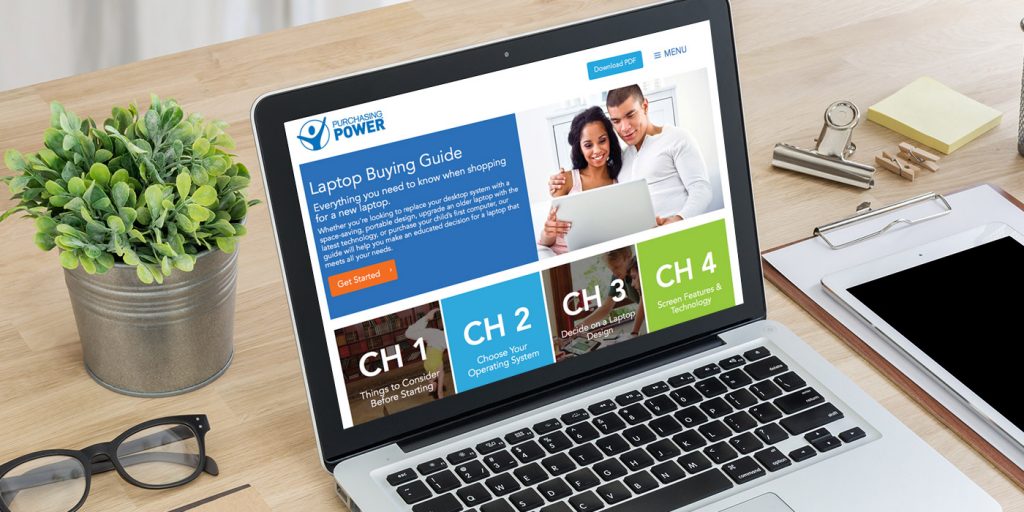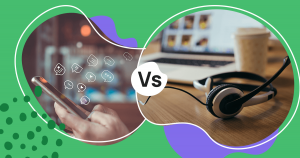The great Agatha Christie said it best: to every problem, there is a most simple solution.
Using a solution finder has become an increasingly popular method to determine which product or service works best for you — and for good reason. Different from an assessment or a quiz, the solution finder provides you with a specific result or recommendation based on your inputs — often with a link to purchase that product or sign up for that service, right then and there. Easy peasy.
Solution finders solve problems effectively and efficiently, while providing your sales team with rich insights they can use to support better conversations and move the buying process forward to close the sale.
Solution Finders for the Late-Stage Buyer
For a buyer further along in the journey, a solution finder or configurator works to encourage a purchasing decision. They’ve self-educated through content, and they know they’re ready to buy; they just don’t know which option is right for them. The solution finder, through targeted questioning, allows the user to compare product options and gain a sense of which recommendation would work best based on need.
In our study with Demand Metric, 57% of respondents representing revenue-growth companies reported that their content was most effective in the middle and late stage of the buyer’s journey. While we often focus on the top of the funnel content creation and creating brand awareness, creating a content strategy for bottom of the funnel is equally as important.
How Solution Finders Work for Sales Enablement
In this month’s webinar, we dove into Creating Better Sales through the curation of sales enablement pieces. Interactive content supports your sales team through the valuable data it provides. The assessment, quiz, or calculator is set up for the prospect to discover meaningful results—and for the sales team to surface meaningful insights to drive productive conversations.
Let’s look at a solution finder example from Purchasing Power, built with ion.


In this example, Purchasing Power uses the solution finder for those looking to make a laptop purchase. The questions ask how the user will primarily use the laptop, what operating system they prefer, and what level of portability they need. Based on those answers, Purchasing Power supplies a recommendation—in this case, for a Gaming Laptop.
The solution is as simple as that. If the user isn’t satisfied with their result, they’re given the option to start over—or, they can buy the recommended solution on the spot, with a link straight to the Purchasing Power site.
The sales team would have access to all of the information provided by the user in this experience. They would know exactly where the user clicked, what result they were given, and if they continued on to the site. They would also know if the user dropped off at some point during the solution finder experience, giving them a great starting point for a follow-up sales call.
When the salesperson calls the prospect, they won’t need to spend valuable time rehashing the questions that were presented in the solution finder. They’ll have everything they need to zero in on areas of concern that might be preventing the prospect from making a purchase or decision.
To every problem, there is a solution, and in the world of interactive content, the solution finder certainly makes that solution simple.
Get the facts you need to know about sales enablement and interactive content in our guide on the subject!







